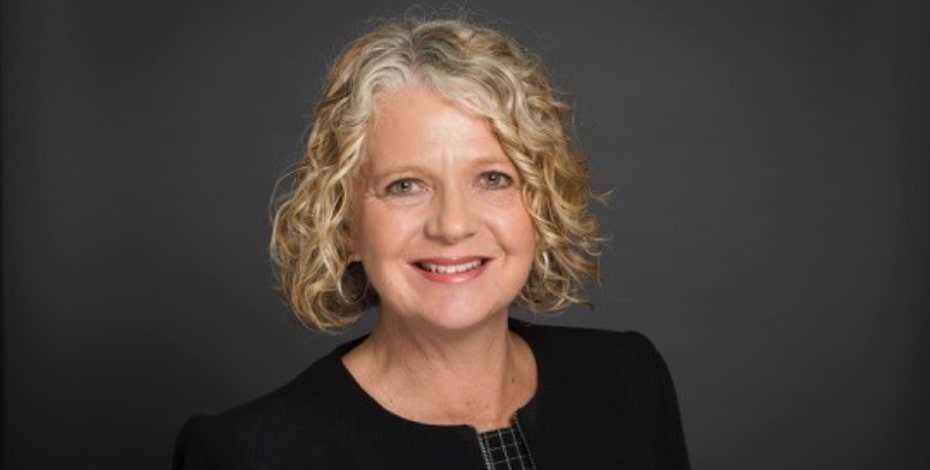
Addressing the challenges women face professionally

As we celebrate International Women’s Day this month (8 March), it is an opportune time to pause and reflect on how our profession and the APA continues to reinforce the framework to support women in the many stages of their careers.
Women juggle multiple roles—often at their absolute limit—around work, family, education and personal interests. It is imperative that our society be mindful that flexible working arrangements are essential for many women to be able to manage the changing circumstances of their lives. It is something I feel that both the profession and our peak membership body, the APA, is delivering relatively well. But there is still work to be done.
Throughout my career and through being involved with the women’s development program Springboard, I have observed several additional challenges that many women face throughout the course of their professional lives including unconscious bias and a lack of confidence.
When these challenges are added to their already demanding schedule, professional success can sometimes feel unachievable.
As it implies, unconscious bias is the act of judging people based on our unconscious thoughts, beliefs, or feelings. Unconscious bias is where your background, personal experiences, societal stereotypes and cultural context impact your decisions and actions without you realising. For example, women may inherently be perceived as being less capable of holding a leadership position after they have children, but men who are fathers are not perceived in the same way.
The second challenge, being a lack of confidence, is something that women impose on themselves. One of the biggest obstacles women experience in their professional lives is allowing a lack of confidence to get in the way of their success. Perceived inadequacies, imposter syndrome and an inability to adequately promote themselves continue to remain a roadblock for many women.
Through the National Advisory Council (NAC) and our executive teams, the APA has a fairly well-established system of being able to support women through to leadership roles.
Female representation on the NAC and the APA Board are 52 per cent and 44 per cent respectively, while currently 68 per cent of APA staff members are female. The APA also has a female chief executive officer in Anja Nikolic (see Final Word on page 66), one of the few women to ever hold the position. Women also account for 62 per cent of the APA’s membership base.
The APA recognises the many challenges women face professionally. We want to play an important role in mentoring and supporting women while simultaneously acknowledging those challenges and taking active steps to continue to breakdown unconscious bias and the gender gap.
© Copyright 2024 by Australian Physiotherapy Association. All rights reserved.





